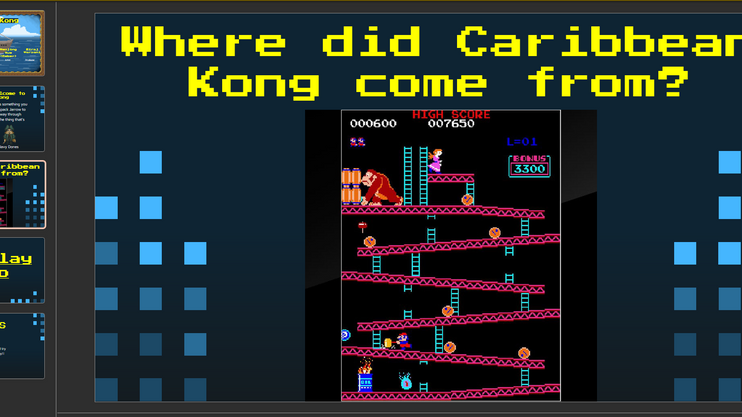

General Information
Ponymon

Ponymon Gameplay
Production
As the team's producer, I conducted daily standup meetings to ensure effective communication. I held regular playtesting sessions to promote game ideation. We used a discord server for ease of access and tracked our team's progress through it. I contributed towards the ui art as well as integrated the audio in the game. I also created a PowerPoint presentation for the finished prototype.
Conclusion
As I reflect on this experience, I'm motivated to continue applying the same level of dedication and enthusiasm to future projects. My desire is to enhance team dynamics through team-building exercises and foster stronger connections with my colleagues. Improving time management, both for myself and the team, remains a priority for me moving forward.
Throughout this project, I gained firsthand knowledge of how rapidly a game's direction can evolve and the necessity of adapting swiftly. Implementing an agile workflow proved invaluable in navigating these changes. The journey also helped me evolve as a team manager. Transitioning back to an in-person environment after remote work initially posed challenges, but with time, I effectively adjusted to the new hybrid dynamic.
Game Summary
A 2D pony customizing game where you feed and style magical ponies and get to show them off to your friends. Developed in Monogame.
The game utilizes a simple click-and-drag mouse interaction. To feed the pony, click the feed button, and a feed UI will appear at the bottom. Drag food items to the pony's mouth, changing its color based on the food. For styling, click the style/groom button, and a brush UI will pop up. Use two brushes to style the hair and ponytail by following on-screen gestures.
-
Developed in Monogame
-
No. of Developers - 4
-
Hybrid
Karribbean Kong

Karribbean Kong Gameplay
Production
In my role as producer, I undertook a wide array of responsibilities consisting of pipeline management and task delegation. I also contributed to game design, UI artwork, audio and music design and implementation. Alongside holding standups and acting as a game tester, I ensured the team's progress was effectively tracked via Hack n Plan. I created the prototype presentation, delivering it with a well-designed flow to engage the audience.
Conclusion
Looking ahead to the next project, my aim is to maintain the same level of dedication and enthusiasm that I brought to this one. I'm committed to continuing the practice of team-building exercises, making stronger connections with my colleagues and enhancing our collaborative spirit. Efficient time management remains a priority, and I'm eager to employ lessons learned from this experience to optimize both my own and my team's productivity.
Throughout this project, I've acquired valuable skills in team management, time allocation, public speaking, and presentation delivery. My proficiency in these areas has grown, and I've gained insights into effective leadership. Despite my dedication and efforts in producing the prototype, I believe there's always room for improvement, and I'm committed to continuously raising the bar for my performance.
Game Summary
The notorious pirate Javy Dones has something you want. Play as the legendary pirate Spack Jarrow to climb, jump, grapple and slice your way through platforms of a sinking ship to save the thing that’s dearest to any pirate - Treasure.
This prototype was based on Donkey Kong arcade game.
-
Developed in Phaser 3 (Java)
-
No. of Developers - 5
-
Hybrid
Just Beat It

Just Beat It Gameplay
Production
In addition to my collaborative efforts with the other producer, I actively engaged in various aspects of the project's development. Facilitating effective communication, I conducted scrum meetings via Discord, ensuring that our team remained aligned and well-informed. I prioritized inclusivity, encouraging open communication and integrating all team members' input for seamless collaboration. Additionally, I co-led the game prototype presentation. I also helped in designing the game box as well as a game design document that outlined the core elements of our game.
A significant portion of my time was dedicated to in-depth research centered around CPR tempo and suitable songs for the game's context. I produced a song that harmoniously aligned with the rhythm required for CPR procedures. To ensure the accuracy of our game's portrayal of health-related matters, I sought expertise from a healthcare professional to validate our approach and ensure that no misleading or inaccurate health information was conveyed through our game.
Conclusion
I can’t think of anything major that I would want to change for the next project. The game development process was exceptionally smooth. A key takeaway was realizing that crafting a serious game demands extensive research and time investment. Ensuring accuracy and avoiding any misinformation, particularly in matters of health, is crucial.
Game Summary
A CPR learning serious game/tool to teach the rhythm to perform CPR to.
Intended Audience - Healthprofessionals in training
Problem Statement -- How do we help people memorize the proper rhythm to give CPR (Cardiopulmonary resuscitation)
-
Developed in Unity 2D for Mobile
-
No. of Developers - 5
-
Remote























